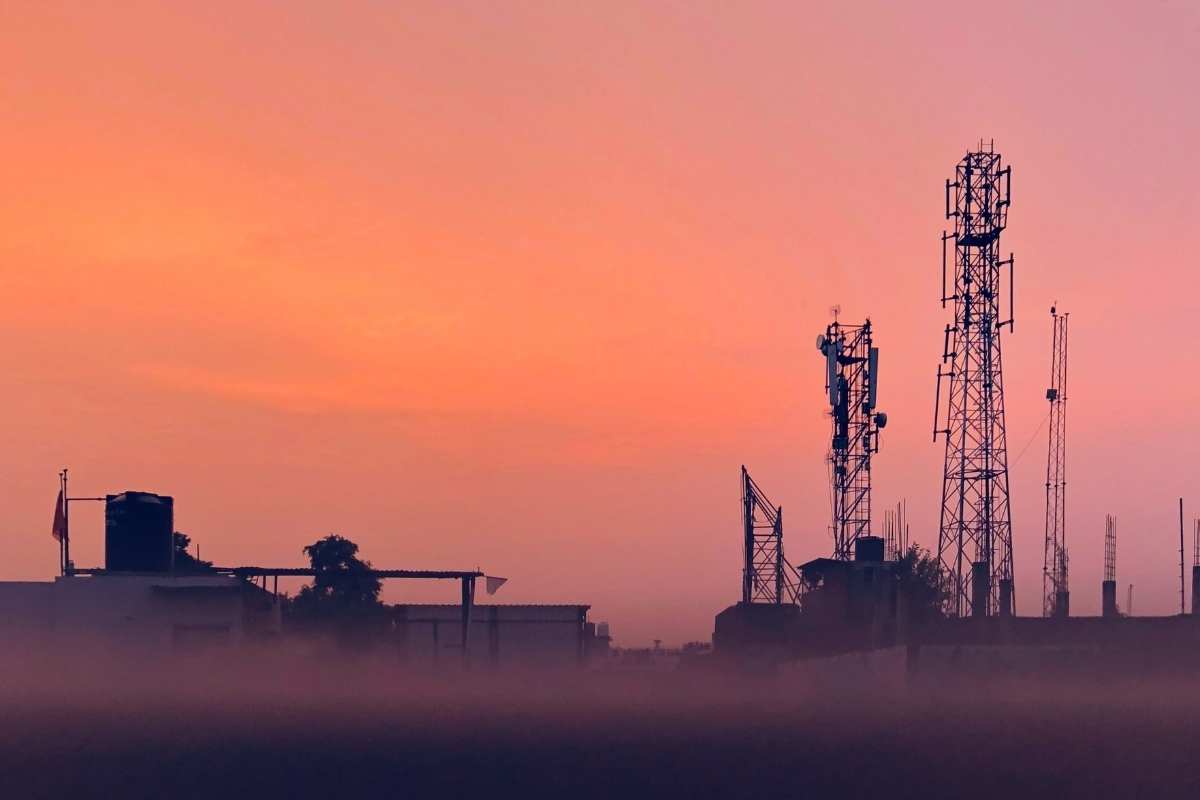
Over the years, the oil and gas industry has established itself as a crucial sector for the development of the world’s economies, due to the demand increase for raw materials and energy resources. The context, it propelled the expansion of extractive activities, hence giving rise to a society that is highly dependent on the hydrocarbon sector.
In this regard, it becomes relevant to understand the processes involved in the development of the activities of this sector to analyze the process of its value chain, which is characterized by three major phases called: upstream, midstream and downstream. These phases range from exploration to transportation and refining.
Understanding the value chain
In the case of the hydrocarbon industry, this is composed of three key phases: the first comprises exploration and production activities; the second, pre-processing, storage, and transportation activities; and the third, refining and commercialization.
1| Upstream
Refers to everything related to oil and natural gas exploration and production. In this phase, the drilling and exploratory wells are carried out. Also, the main objective is to carry out geological studies and data collection for the location and characterization of oil fields.
In the exploration phase, geological and geophysical information is collected on the oil reservoirs to know the presence and quality of hydrocarbons, and thus know the feasibility of drilling the oil wells. Afterward, during production, the oil wells are stabilized to develop the construction of the transportation infrastructure and extract the hydrocarbons. Lastly, at this point, the oil well productivity maintenance is performed and the feasibility of implementing enhanced recovery technologies is analyzed.
2| Midstream
Subsequently, the activities regarding the second stage include everything related to the transportation of raw materials up until the refineries and/or ports for future export. In a few words, here we would include the storage, processing, and transportation of hydrocarbons. But also, as the negotiation of transportation contracts for oil or gas.
3| Downstream
Finally, in the downstream phase, activities include the refining and marketing of hydrocarbons, as well as refined products. Within this context, the energy output is subjected to industrial processes that will later produce a variety of liquid fuels such as liquefied petroleum gas (LPG), gasoline, alkylate, jet fuel, diesel, asphalt, fuel, and coke.
The above-mentioned are then commercialized to consumers. Another perspective to look at it, is the definition of the final utility of oil and gas extraction; the raw material goes from being an element to a final product, which is adapted to the needs and demands of different sectors.
In brief, distinguishing and understanding the processes involved in the oil industry value chain, from the extraction of raw materials to the delivery of products to the end customer, allows us to improve processes and strengthen the backbone of this industry through competitive advantage and value creation. At Nakasawa Resources, we focus our efforts on being the leaders in upstream technology, optimizing the processes of oil extraction and production, and transforming the industry towards the success of our customers.


